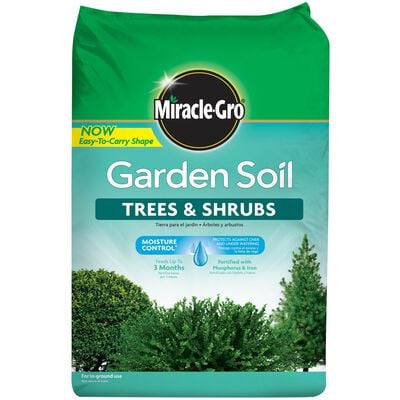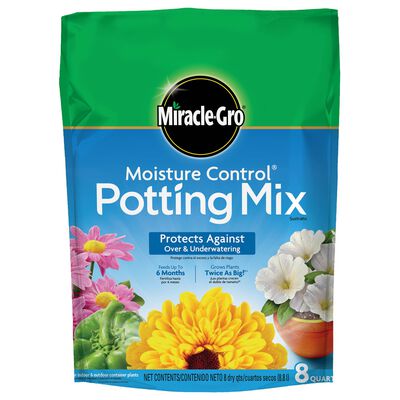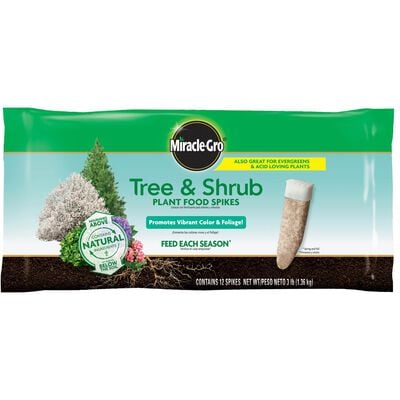
Plant an Edible Hedgerow
For color, privacy, and your next meal, an edible hedgerow is ideal
Hedgerows: Colorful and Nutritious
Instead of just planting a new row of the same old shrubs in your garden, add color and flavor by planting an edible hedgerow with a mix of plants that bear fruits and nuts. Many of these plants are hardy and low-maintenance, and they'll add floral blooms to your landscape in spring and a boost of color in fall. Edible hedgerows can also be used as a screen or as a border between different parts of the yard. Decide how tall you want your hedge to be before choosing what plants to include. You might choose a mix of shrubs and small trees, or just a row of various shrubs.

Choose Small Trees or Tall Shrubs
Serviceberry or juneberry (Amelanchier sp.), beach plum (Prunus maritima) and viburnums will grow as small trees or tall shrubs. Serviceberry is one of the first trees to flower in spring and its delicious small, dark blue fruits ripen in June. Eat them right off the tree or use them as a substitute for blueberries. Beach plums ripen in mid-summer and you can eat them raw or use them to make jam. Several native viburnums offer edible fruits including nannyberry or wild raisin, and highbush cranberry. Viburnums deliver three-season benefits with their spring clusters of white flowers, colorful fruits and great fall color.

Plant Antioxidant-Packed Shrubs
Chokeberries, blueberries, elderberries and hazelnuts grow as medium-height shrubs, reaching around six feet in height. Chokeberries may not sound appetizing, but cooked with sugar they make a tasty jam full of antioxidants. Both the red and black varieties of chokeberry have white flowers in spring and red leaves fall. Blueberries are very high in nutrients and, even better, they're resistant to many pests and diseases. Elderberries are loose shrubs sporting big masses of flowers and small dark purple fruits. Elderberry fruits and flowers are both edible once cooked. Hazelnuts ripen in fall and provide delicious, healthy nuts that can be used in a wide range of dishes.
Plant Raspberries and Blackberries
Allegheny blackberries and black raspberries are native to the mid-Atlantic region. They can be incorporated into a hedge, but will need a little more maintenance than most fruit-bearing shrubs. Some canes will die each year and will need to be removed to keep the hedge looking neat. Blackberries and raspberries can also be grown on a trellis to make harvesting the fruit easier.
Original article by Sylvan Kaufman. Dr. Kaufman is a writer of popular scientific and gardening articles. She is also an ecological consultant.


